The Quick Commerce Revolution | My Journey Through India's 10-Minute Delivery Landscape
"In the time it took me to write this introduction, my neighbor received groceries, medicine, and dinner – all from different Q-commerce providers. Welcome to India's new retail reality."
A Personal Q-Commerce Awakening
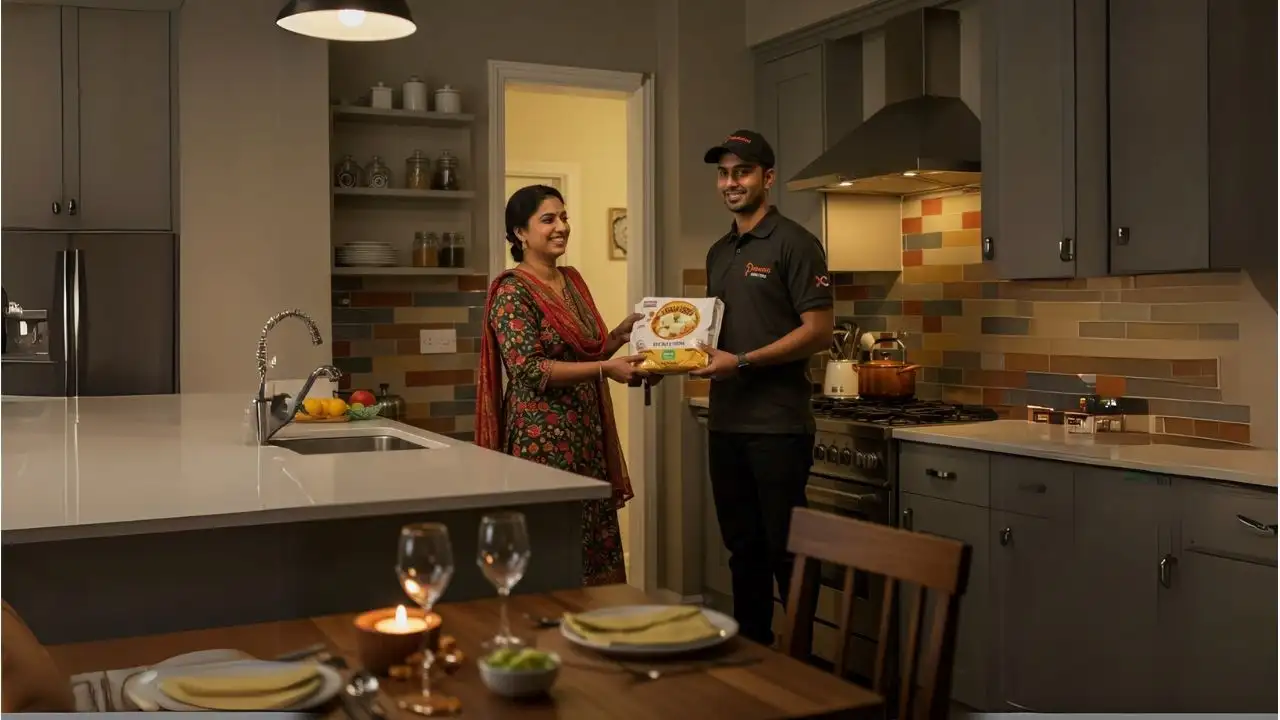
Last month, while hosting a dinner party at my Mumbai apartment, disaster struck. Mid-preparation, I realized I'd completely forgotten to buy paneer—the star ingredient for my signature dish. Just three years ago, this would have meant a frantic trip to the nearest market, desperate explanations to confused guests, or an embarrassing menu change.
Instead, I pulled out my phone, opened Blinkit, and 8 minutes later (yes, I timed it), a delivery partner was at my door with fresh paneer. By the time my guests arrived, the crisis was nothing but an amusing anecdote over drinks.
That's when it hit me: Q-commerce isn't just another tech buzzword—it's fundamentally changing how we live, shop, and even entertain.
What Exactly Is Q-Commerce? (Hint: It’s Not Just Faster Deliveries)
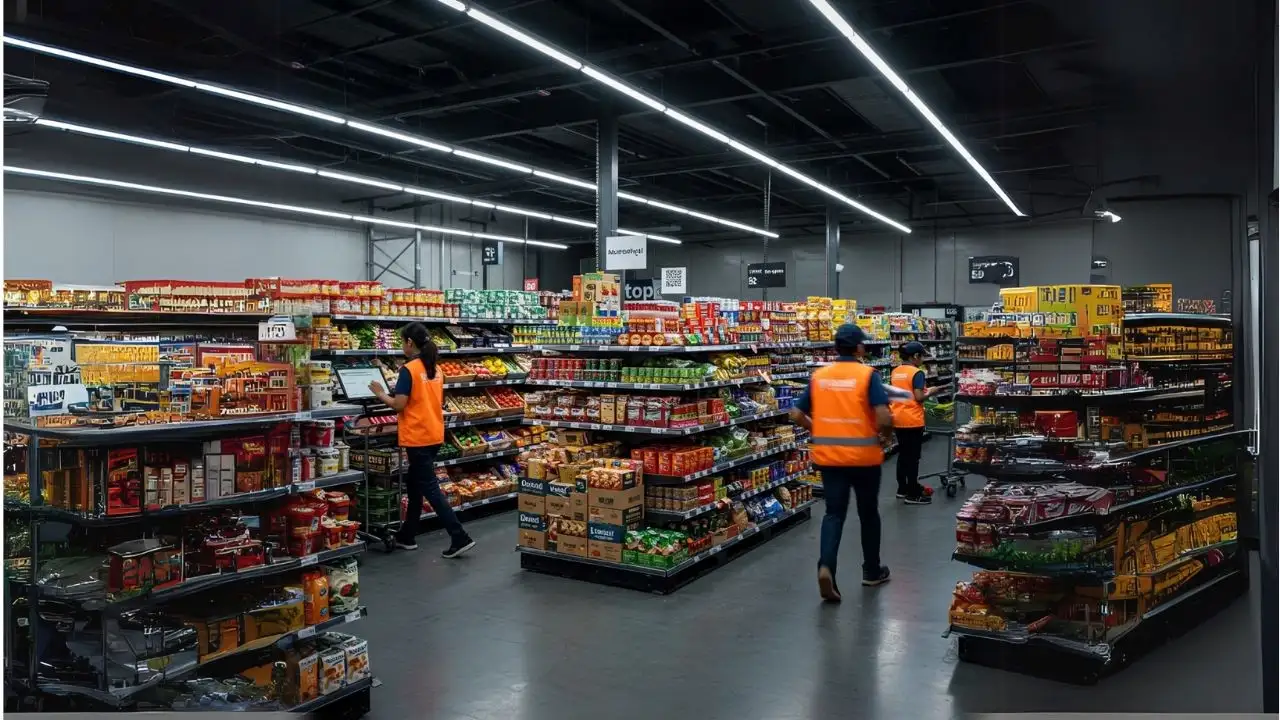
Quick Commerce—or Q-Commerce as industry insiders call it—represents a radical shift from traditional e-commerce. While most online shopping platforms promise delivery in days, Q-commerce operates in a different time dimension altogether: minutes.
But calling Q-commerce "just faster delivery" is like calling a smartphone "just a faster telephone." The entire model requires rethinking retail from the ground up.
During my visits to several dark stores (those mini-warehouses that power Q-commerce) across Bangalore and Delhi, I witnessed firsthand the controlled chaos that makes 10-minute deliveries possible. These aren’t just smaller warehouses—they’re precision-engineered spaces where every second counts.
The Q-Commerce Foundation
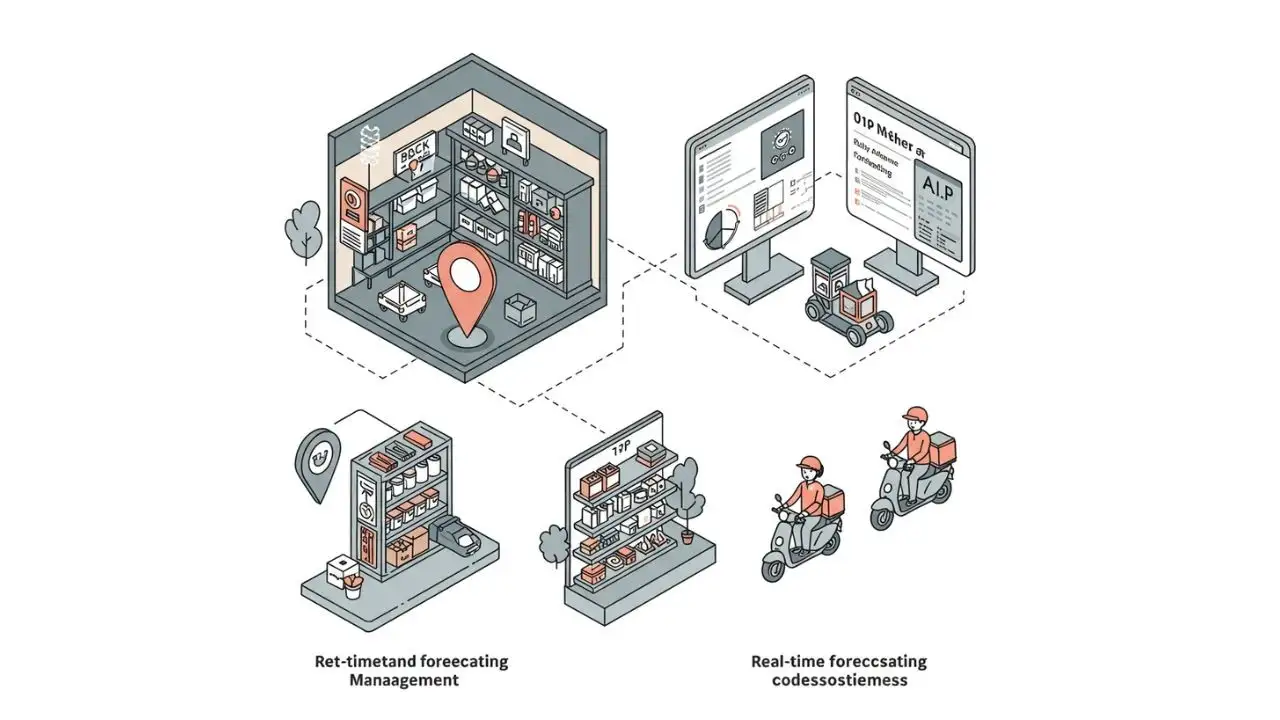
- Dark Stores: Hyperlocal mini-warehouses strategically placed within 2–3 km of high-density residential areas.
- Limited SKUs: Carefully curated inventory of 1,500–4,000 items (vs. 15,000+ in supermarkets).
- Tech-Driven Operations: AI algorithms predicting neighborhood demand patterns down to hourly variations.
- Dedicated Delivery Fleet: Full-time or gig workers stationed at or near dark stores.
Q-Commerce by the Numbers
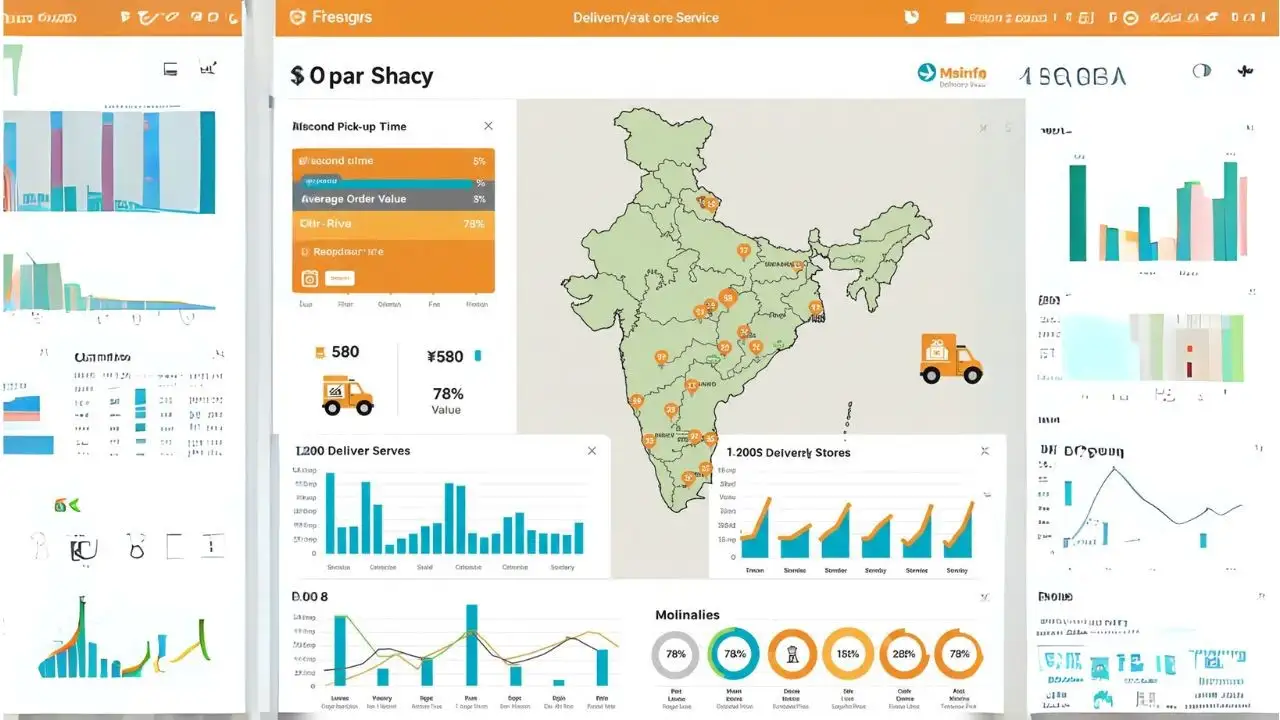
When I interviewed Zepto's operations director last quarter, she shared some eye-opening statistics:
- 🕐 Average picking time: 97 seconds per order
- 📍 Average delivery radius: 2.8 kilometers
- 💰 Average order value: ₹580 (up from ₹320 in 2022)
- 🔁 Customer reorder rate: 78% within the same week
- 🏬 Total dark stores in India: Over 1,200 (tripled since 2021)
"Q-commerce isn't competing with traditional retail or even regular e-commerce—it's competing with your refrigerator and kitchen cabinet. We're not trying to replace weekly shopping trips; we're eliminating the very concept of 'running out' of things."
The Human Side of the 10-Minute Promise
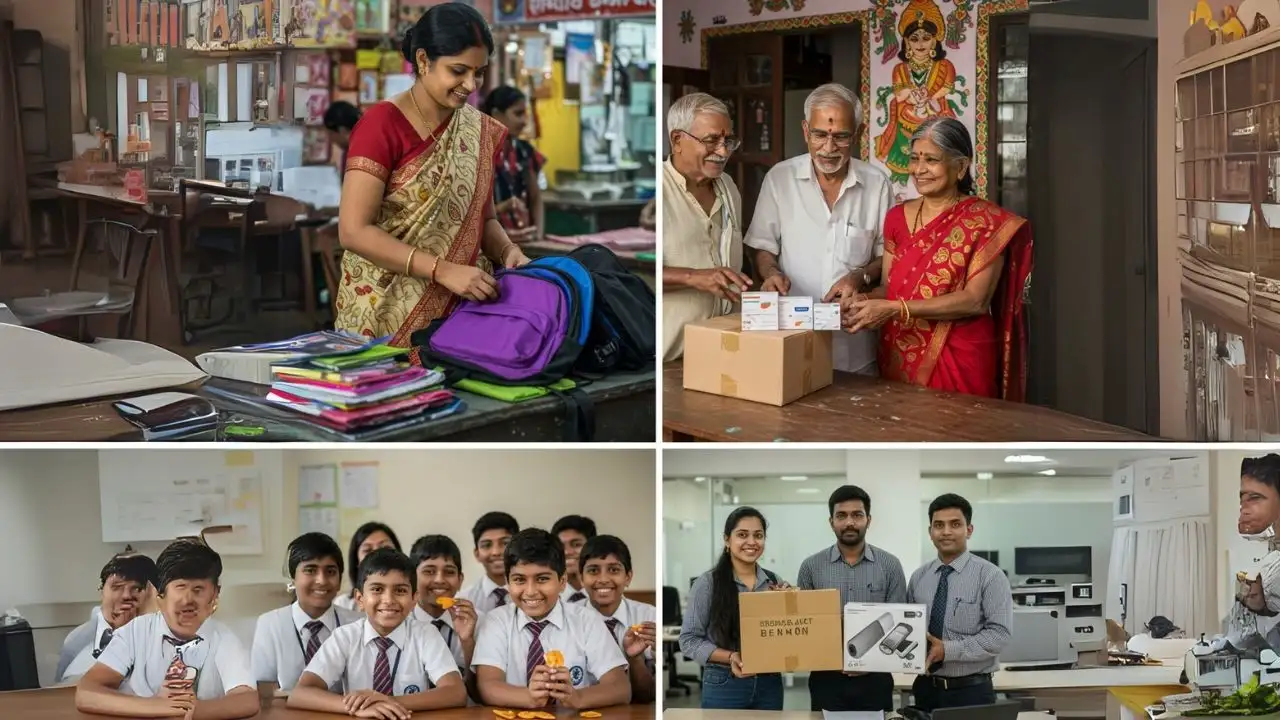
There's something deeply satisfying about solving problems instantly. Through dozens of conversations with fellow Q-commerce users across income brackets and age groups, I've collected some fascinating stories:
These aren't just transactions—they're micro-rescues. Q-commerce isn't selling products; it's selling time and peace of mind.
India’s Q-Commerce Battlefield: The Major Players

Having personally used all of these services (my credit card statement is proof!), I can offer insights beyond what their marketing claims suggest. Each has carved a unique space in the market:
Zepto
Average delivery: 9 min 32 secFounded by teenage prodigies Kaivalya Vohra and Aadit Palicha (who dropped out of Stanford to launch it), Zepto has become the speed champion. During my interview with their operations head in Powai, she revealed their secret: their dark stores are organized differently than competitors, with “hot zones” for frequently ordered items positioned directly next to packing stations.
Their recent $200M funding round values them at $1.4B—astounding for a company founded in 2021. I’ve found their app interface the most intuitive, though their product range is narrower than Blinkit’s.
Blinkit (formerly Grofers)
Average delivery: 12 min 18 secAfter Zomato acquired them for $568M, Blinkit transformed from a same-day grocery service to a Q-commerce powerhouse. My neighbor works at their Indiranagar dark store and shared that they process nearly 2,000 orders daily from that single location.
Their unique strength is inventory depth. While competitors stock 1,800–2,500 SKUs, Blinkit averages 4,000+ items per dark store. This came in handy during Diwali when I needed specific pooja items that other apps didn’t carry.
Swiggy Instamart
Average delivery: 15 min 47 secSwiggy leverages its existing delivery network, which explains why their times are slightly longer (though still impressive). What makes Instamart stand out is their push into fresh produce—something I was skeptical about until receiving perfect avocados at 7 AM for an impromptu breakfast gathering.
Their integration with Swiggy’s food delivery service creates interesting bundling opportunities. Last week, I ordered dinner from a restaurant and groceries for the next morning in the same transaction—with both arriving separately at optimal times.
BB Now (BigBasket)
Average delivery: 28 min 03 secThe traditional e-grocery player’s entry into Q-commerce came with the advantage of existing infrastructure and brand trust. While their delivery times skew toward the higher end of “quick,” their quality control is unmatched. During a heat wave last summer, my BB Now order of ice cream arrived still perfectly frozen—a testament to their logistics expertise.
I’ve noticed they’re particularly strong in tier-2 cities where competitors are still expanding. My parents in Lucknow rely almost exclusively on BB Now, as other Q-commerce options haven’t fully penetrated the market there.
Not All That Glitters Is Gold: The Q-Commerce Reality Check

Let's be honest—beyond the convenience and awe-inspiring logistics, there are serious questions about the sustainability of the Q-commerce model. In my conversations with venture capitalists and industry analysts, three critical concerns consistently emerge:
- The Profitability Question: Despite the eye-popping valuations, most Q-commerce players are bleeding money. "The unit economics simply don't work at current average order values," explained Anand Lunia, founding partner at India Quotient, during a recent panel discussion I moderated. "Companies are subsidizing deliveries by ₹70–100 per order in many markets."
- The Human Cost: Having spoken with dozens of delivery partners, the pressure to maintain sub-10-minute deliveries raises serious safety concerns. Raghav, a Zepto delivery partner I interviewed in Koramangala, admitted to occasionally running red lights to meet delivery timelines—despite company policies strictly forbidding such actions.
- Environmental Impact: The carbon footprint of numerous small deliveries versus consolidated shopping trips is concerning. When I raised this with Dhindsa at a sustainability conference, he pointed to their electric vehicle initiatives—though only about 22% of their fleet is electric so far.
The recent shutdown of Dunzo's Q-commerce operations in several cities serves as a sobering reminder that the road to profitability remains elusive for many players in this space.
Beyond Groceries: The Expanding Q-Commerce Universe
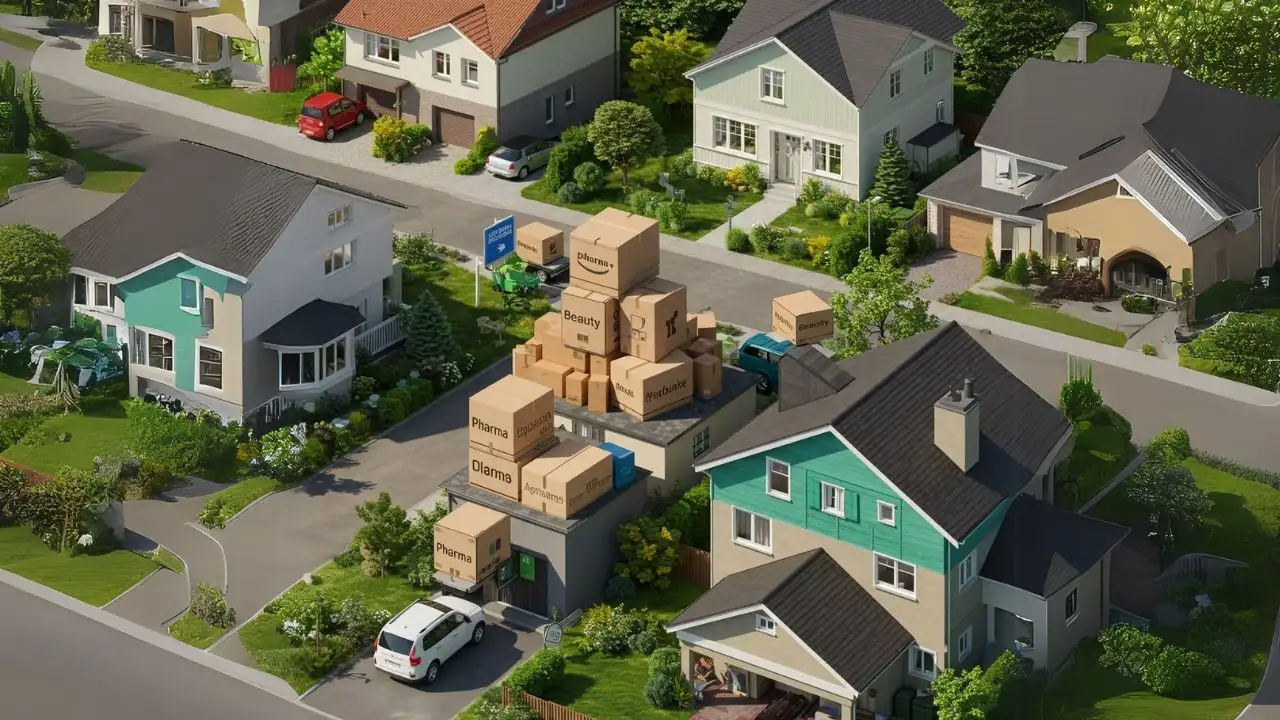
While groceries dominate Q-commerce headlines, the model is rapidly expanding to other categories. I've been tracking this evolution closely, testing services as they launch:
Pharma Q-Commerce
Tata 1mg now delivers medications in under 30 minutes in select neighborhoods. When my colleague developed a sudden migraine during a critical presentation, I ordered pain relievers that arrived before her next speaking slot. PharmEasy and MedPlus Health are quickly following suit.
Electronics Q-Commerce
Croma and Reliance Digital are piloting 1-hour delivery for small electronics in Mumbai and Delhi. I recently received a replacement phone charger during a power outage when my backup failed—potentially saving hours of work.
Beauty Q-Commerce
Nykaa has introduced "Nykaa Now" in premium Bangalore and Mumbai neighborhoods. My friend used it to receive makeup 45 minutes before an unexpected client meeting. Their dark store selection is limited but growing weekly.
Restaurant Supply Q-Commerce
An interesting B2B application: Swiggy has launched a service delivering emergency ingredients to restaurants. A chef friend received backup spices during dinner rush when they unexpectedly ran out of garam masala.
The Future: Five Predictions Based on Industry Insider Conversations
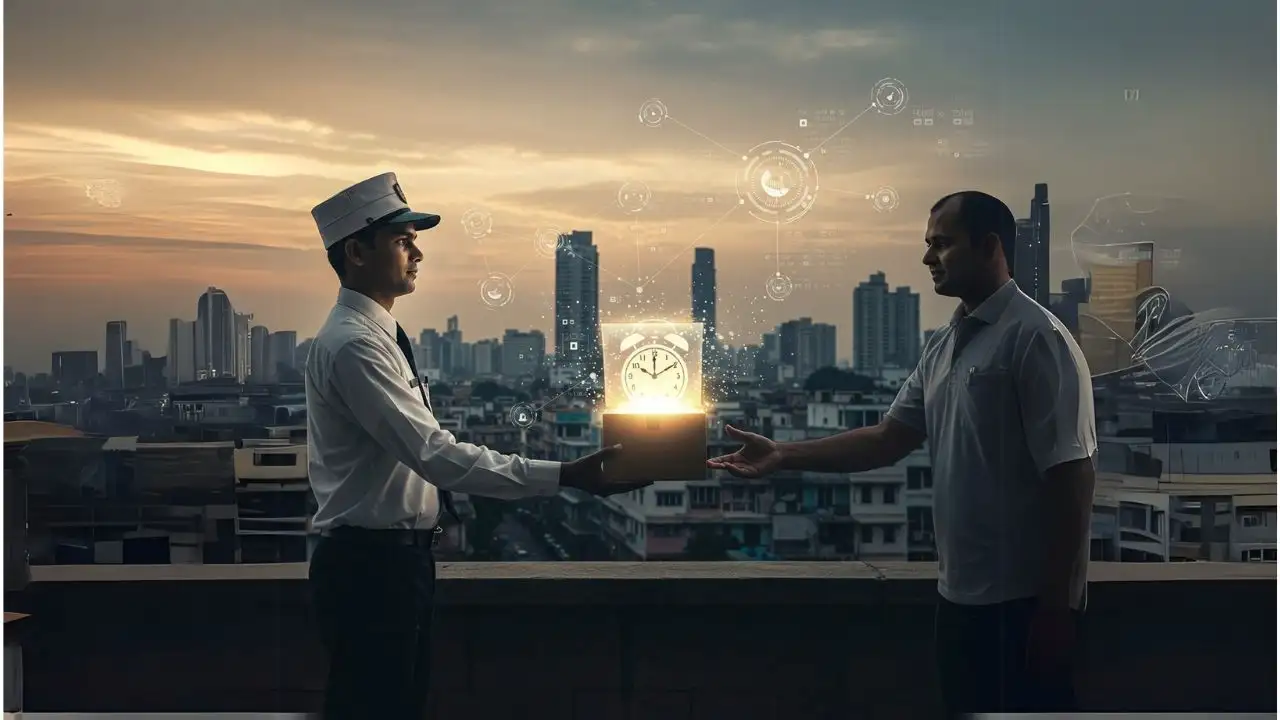
After speaking with dozens of industry leaders, investors, and technology developers at the Retail Innovation Summit in Hyderabad last month, here's where I see Q-commerce heading in India:
The Future: Five Predictions Based on Industry Insider Conversations
After speaking with dozens of industry leaders, investors, and technology developers at the Retail Innovation Summit in Hyderabad last month, here's where I see Q-commerce heading in India:
1. Hyperlocal Private Labels
Blinkit is already testing neighborhood-specific private label products. Their "Koramangala Kitchen" ready-to-cook meals are customized based on ordering patterns in that specific Bangalore locality. This hyper-localization of products will expand dramatically.
2. Subscription-Based Q-Commerce
Monthly subscription models will emerge to improve unit economics. I’ve seen early pitch decks for services offering unlimited deliveries for ₹299–499 monthly. This will help companies smooth demand and build predictable revenue streams.
3. Autonomous Last-Mile
While drone delivery faces regulatory hurdles, ground-based autonomous delivery robots are already being tested in gated communities in Gurgaon. I participated in a pilot where a small wheeled robot delivered snacks to my friend’s apartment—though a human supervisor still followed it!
4. Q-Commerce Consolidation
The current landscape is unsustainable with too many players burning cash. I expect a major consolidation within 18 months, with only 2–3 pan-India players surviving. Hyperlocal specialists might persist in specific geographies or categories.
5. Tiered Delivery Options
The binary choice between 10-minute delivery and next-day delivery will expand to include more options. Companies will offer different delivery speeds at different price points—balancing convenience with economics. I’ve already noticed Blinkit testing a "40-minute" option at a lower delivery fee.
The Paradox of Patience: A Personal Reflection
Last weekend, I conducted a small social experiment. I ordered the same items from a traditional e-commerce site and timed how long I spent thinking about my delivery. The Q-commerce order arrived in 12 minutes, but I checked the app 3 times while waiting. The regular e-commerce order was scheduled for next-day delivery, and I completely forgot about it until I received the "out for delivery" notification.
This made me wonder: Are we actually becoming more impatient as Q-commerce trains us to expect everything instantly? During a rickshaw ride recently, I caught myself getting annoyed at a 3-minute wait—something that would have seemed perfectly reasonable before the Q-commerce era.
Perhaps the most profound impact of Q-commerce isn't just on retail logistics but on our psychological relationship with time and waiting. Something worth reflecting on as we rush headlong into this instant-gratification future.
Final Thoughts: Beyond the 10–Minute Horizon
Quick Commerce isn’t just changing how we shop—it’s rewiring our expectations of what’s possible. The best companies in this space understand they’re not just delivering products; they’re delivering time itself—perhaps the most valuable commodity in our increasingly busy lives.
Having watched this sector evolve from 30-minute deliveries to 10-minute promises, I’m convinced we’re only at the beginning of this revolution. The companies that will ultimately win aren’t those with the fastest deliveries or the most extensive product selection, but those who best understand the human needs driving our desire for immediacy.
As Zepto’s 19-year-old co-founder Aadit Palicha told me during an interview, “Q-commerce isn’t about speed for speed’s sake—it’s about removing friction from people’s lives.” That philosophy, more than any logistical innovation, may be the true secret to success in this rapidly evolving marketplace.
And now, if you’ll excuse me, I just received a notification that my Blinkit order is 2 minutes away. Some things just can’t wait!
